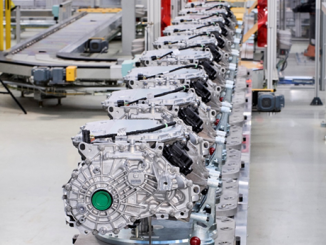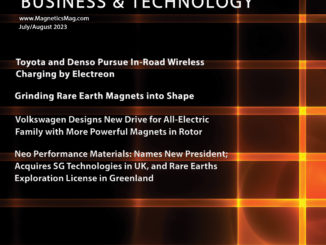By Dr. Stan Trout | Spontaneous Materials
A couple of months ago, I published a list of 12 mistakes people make with magnets on LinkedIn, see the link here. I asked people to tweak the points or add to the list. My readers came up with five additional mistakes and made some nice adjustments to the topics, generally making them a bit broader.
So I publish the current list below, along with the same request. Please feel free to add to the list or propose adjustments to the mistakes. My goal is to make the list as complete as possible. Over the next few months, I will write a series of articles about them for Magnetics Business & Technology magazine, filling in some of the details.
That’s my project for 2016!
- Overlooking thermal properties
- Failing to saturate fully or correctly
- Failing to protect from corrosion
- Failing to optimize the design to use the least amount of material
- Believing that magnets do not require any special expertise to produce or use
- Designing a product with a non-existent material
- Assuming that cost is only from raw materials, or an easy to use $/kg figure, independent of quantity or complexity
- Changing the grade without considering the rest of the magnetic circuit
- Specifying the magnet incorrectly or incompletely
- Using the wrong adhesive
- Measuring the wrong parameters
- Failing to consider recycling in the design stage
- Assuming that large magnetized parts are easy and safe to handle
- Failing to consider natural product variations in both magnetic properties and dimensions
- Assuming that the attractive and repulsive forces are equivalent and can be precisely calculated
- Ignoring appropriate mechanical considerations: such as using a magnet as a structural part, believing that chips and cracks are not normal for brittle materials, or ignoring the effect of magnetic debris
- Treating magnets as toys
 About the Author
About the Author
Dr. Stan Trout has more than 35 years’ experience in the permanent magnet and rare earth industries. Dr. Trout has a B.S. in Physics from Lafayette College and a Ph.D. in Metallurgy and Materials Science from the University of Pennsylvania. Stan is a contributing columnist for Magnetics Business & Technology magazine. Spontaneous Materials, his consultancy, provides practical solutions in magnetic materials, the rare earths, technical training and technical writing. He can be reached at strout@ieee.org.



